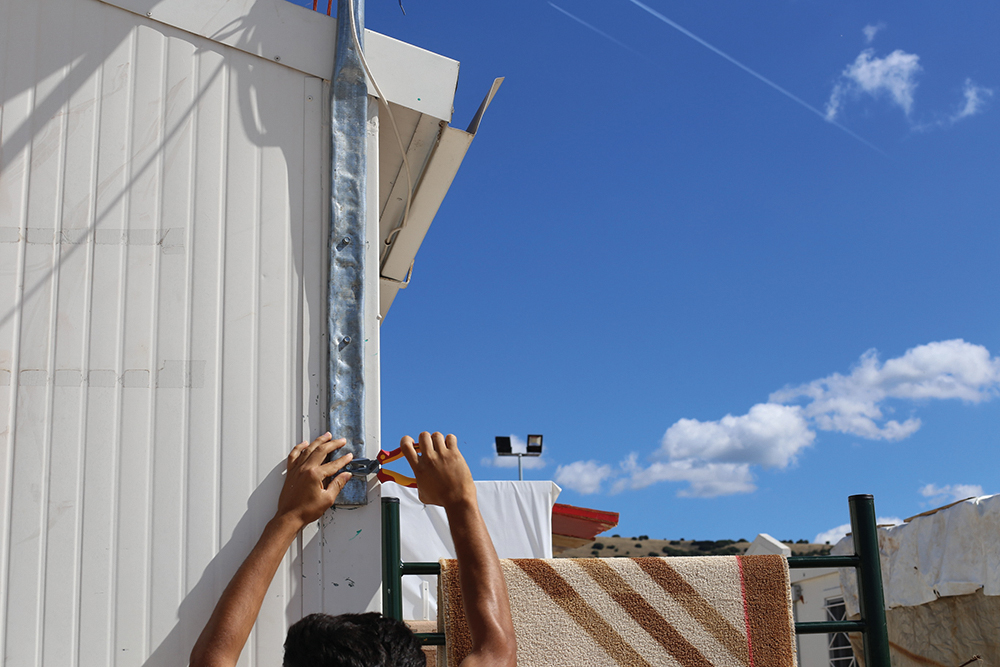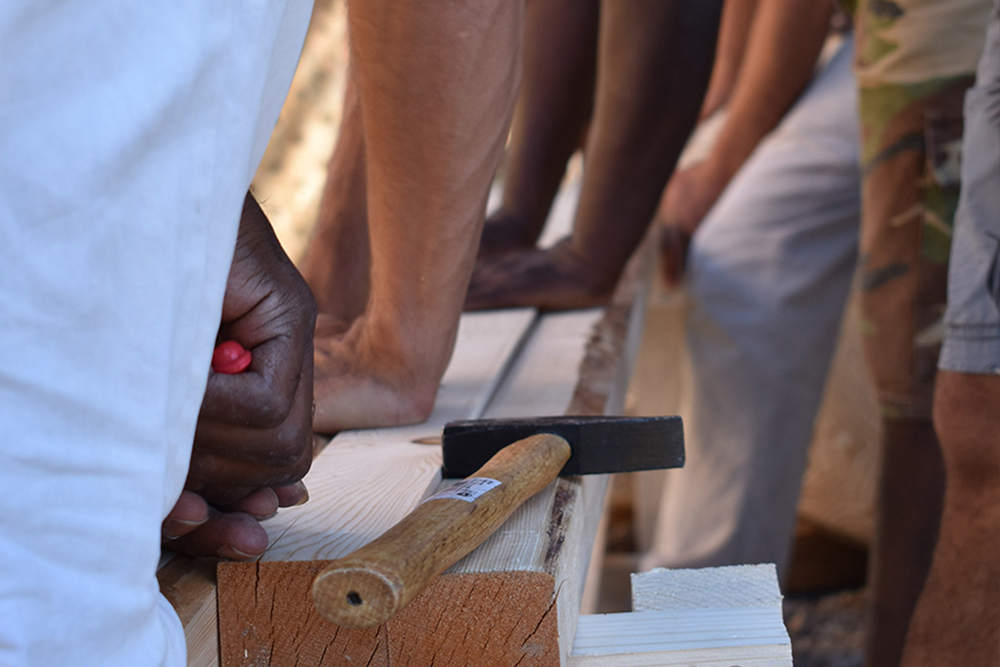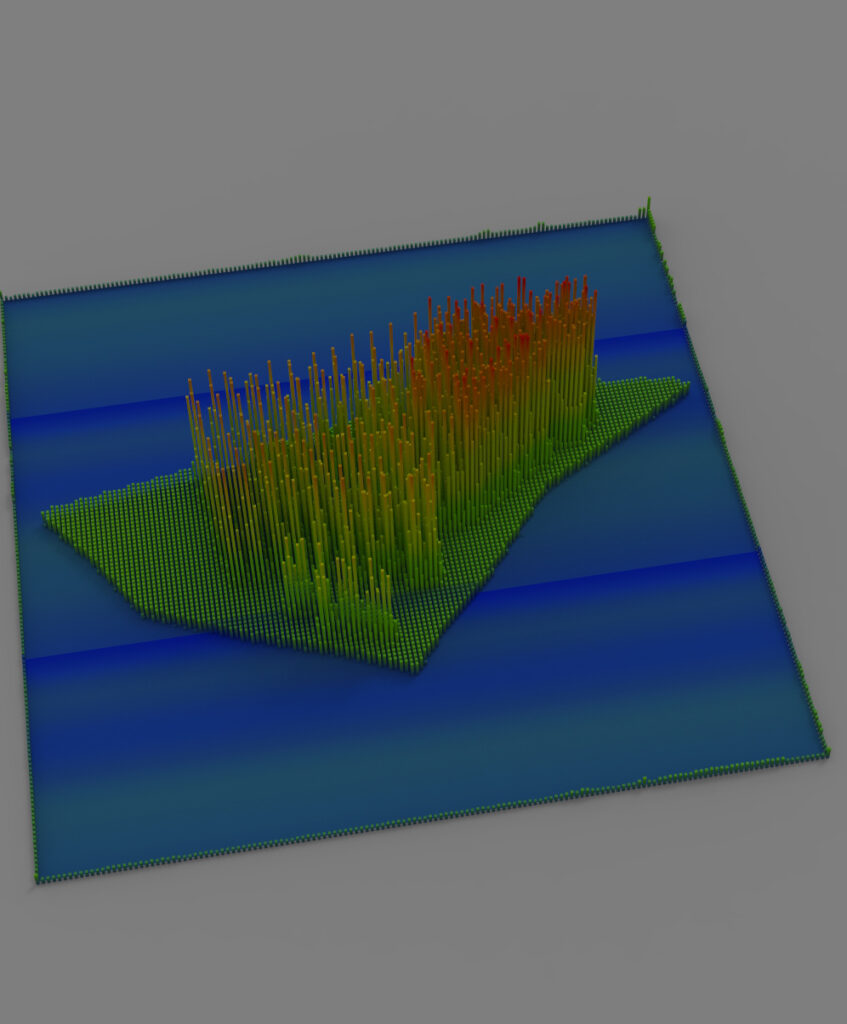HUMAN
CENTE
RED

Creating needs based
solutions and positive
experiences using HCD and CCD co- design principles
Combining my design and process expertise with the huge capacities, skills, and knowledge users have.
A result will fulfill the needs of the individual if he gets positive experiences from the designed systems and products. It creates the user’s acceptance who is then willing to interact/use. The individual is ready to adjust and even the collective behaviour shows acceptance to a new system that improves the current status quo. These solutions are possible if we allow the incorporation of the users and other stakeholders in a co-design process, considering their knowledge and expertise.
Therefore I insist on clear communication between parties by using different channels such as roleplays, tactile tryouts, informational visualizations, allowing people to express themselves, be understood, and overcome communication barriers.
In the inspiration/identification phase I use tools like photographs, storytelling, conversation-starting triggers, the 1 square meter exercise by Alexandra Daisy Ginsberg, drawings, user journey maps, or e.g. the 5-Why questions to intensify the users‘ and partners‘ awareness of the local setting and the constraints and opportunities. Going through the different stages of the process I use SCRUM as a process framework that allows efficient development in a short period of time.













